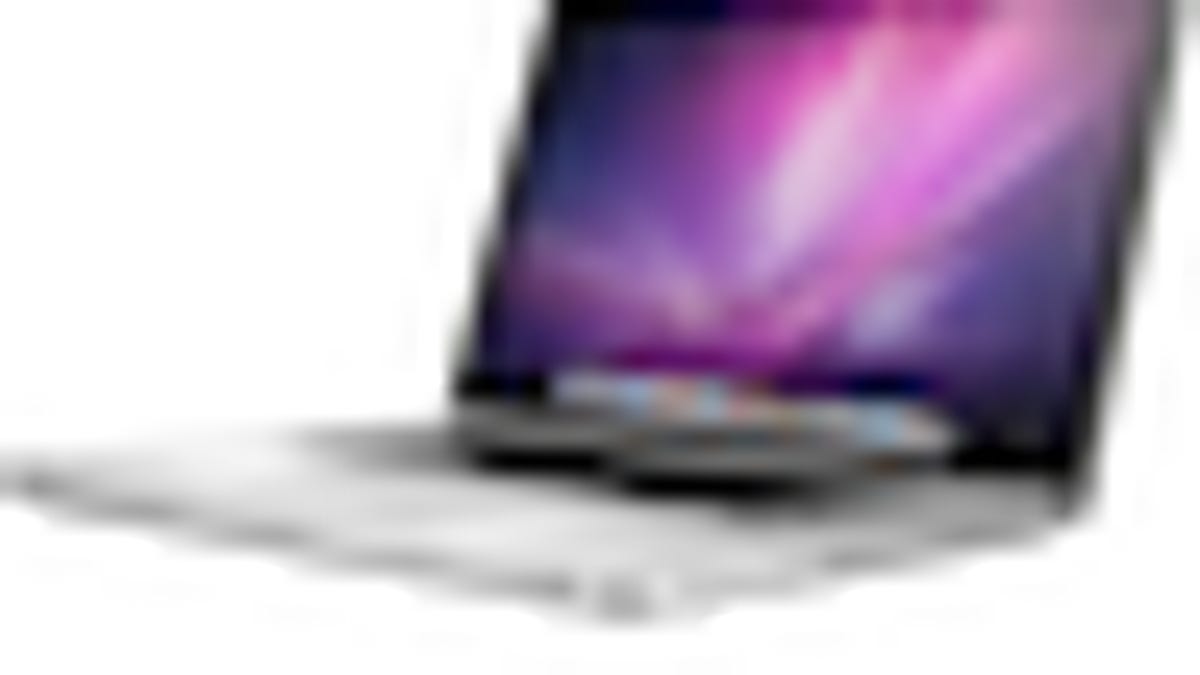Ongoing Issue: Intermittently blinking MacBook Pro displays
One problem that has been affecting some MacBook Pro users for some time is an intermittent blinking or shutting off of the display. When using the computer for a while, the display will turn black and sometimes will come right back on but other times will stay off until the system is restarted.

One problem that has been affecting some MacBook Pro users for some time is an intermittent blinking or shutting off of the display. When using the computer for a while, the display will turn black and sometimes will come right back on but other times will stay off until the system is restarted. The computer does not seem to crash when this is happening, but rather the display is just not connected.
Recently, a MacFixIt reader contacted us asking about this problem. Unfortunately though it is definitely one that is out there, Apple has yet to issue a fix for it, so chances are that it will not be addressed any time soon. Meanwhile, although it is annoying the problem will not hurt your system and can be overcome by the following potential fixes and workarounds:
Reset PRAM and SMC
A few people have had success by resetting the SMC and PRAM. To do this, first turn off your system and unplug all peripheral devices. Then if your computer has a removable battery, remove it and unplug the power from the system. Press and hold the power button for 5 to 10 seconds and then release it. Plug in the battery and power, turn it on, and immediately reset the PRAM.
If your computer does not have a removable battery, shut it down and remove all peripheral devices but keep the power adapter plugged in. Then press the Left Shift-Control-Option keys and the power button at the same time. Release them and then press the power button to turn on the system and then immediately reset the PRAM.
The PRAM on the system can be reset by holding down the Option-Command-P-R keys immediately when the system is turned on. After resetting the PRAM, when you initially turn on the system just hold down these keys and allow the system to cycle through a couple of automatic resets. Then release the keys and allow the system to boot normally, and the PRAM will be reset.
Use keyboard shortcuts to force the display to reset
If the display stops working, you can try pressing the Control-Shift-Eject keys to force the display to reset. This should have the system autodetect the connected hardware again and hopefully trigger the display to work again.
Change display configuration
If you have an external display available, attach it to your system to change the computer's display configuration. Alternatively, if you have one already attached, try unplugging it. Doing this should reset the display driver and possibly get the display output to work.
Workarounds
There are a couple of things you can do to hopefully prevent this problem, or at least facilitate a recovery in the event it happens again. An easy solution is to switch GPUs and use the one that is not causing the problem. In the Energy Saver system preferences, select between "Higher Performance" and "Better Battery Life" as graphics options to choose between the discrete or onboard graphics chips. Keep in mind that the discrete GPU will free up some system RAM that was reserved for the onboard graphics processor, and will also run faster in general; however, it will also run hotter and cut down battery life by an hour or two.
To make GPU switching easier, you might consider installing "gfxCardStatus", which will allow you to change GPUs in the menu.
If your system is affected by this problem, you might consider enabling screen sharing in the "Sharing" system preferences, which will allow you to use another Mac to connect to and manage the one with no working display. Optionally and if you are familiar with SSH and the Terminal, you can enable "Remote Access" in the sharing system preferences. These options will prevent you from needing to do a hard shut-down in the event the screen goes out on you.
Questions? Comments? Have a fix? Post them below or e-mail us!
Be sure to check us out on Twitter and the CNET Mac forums.

